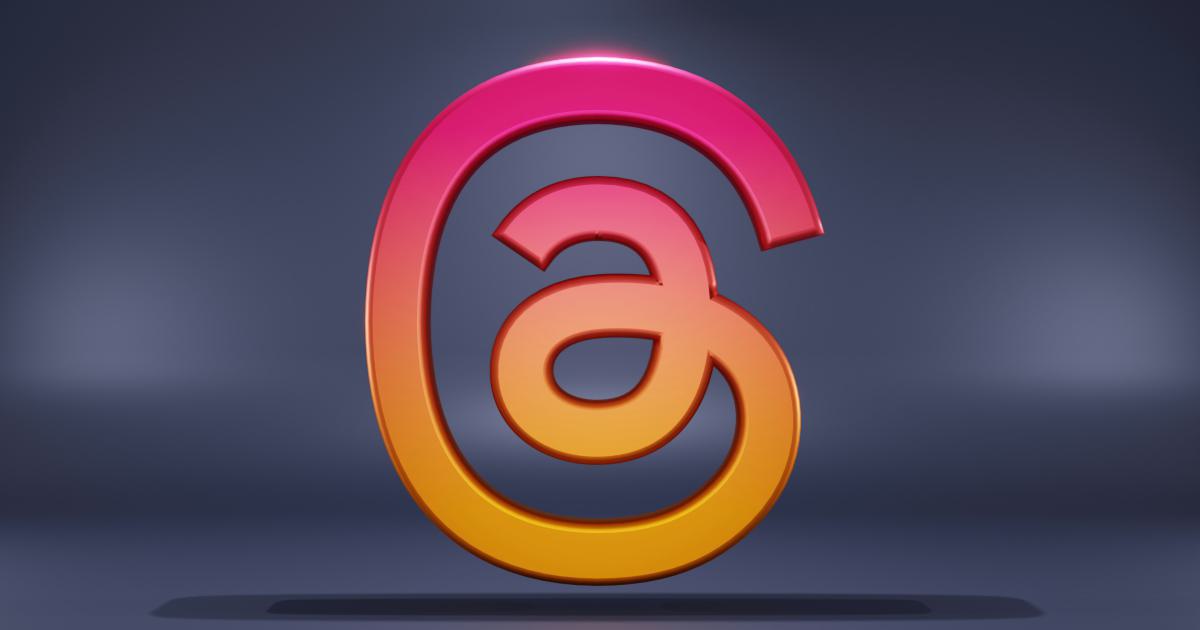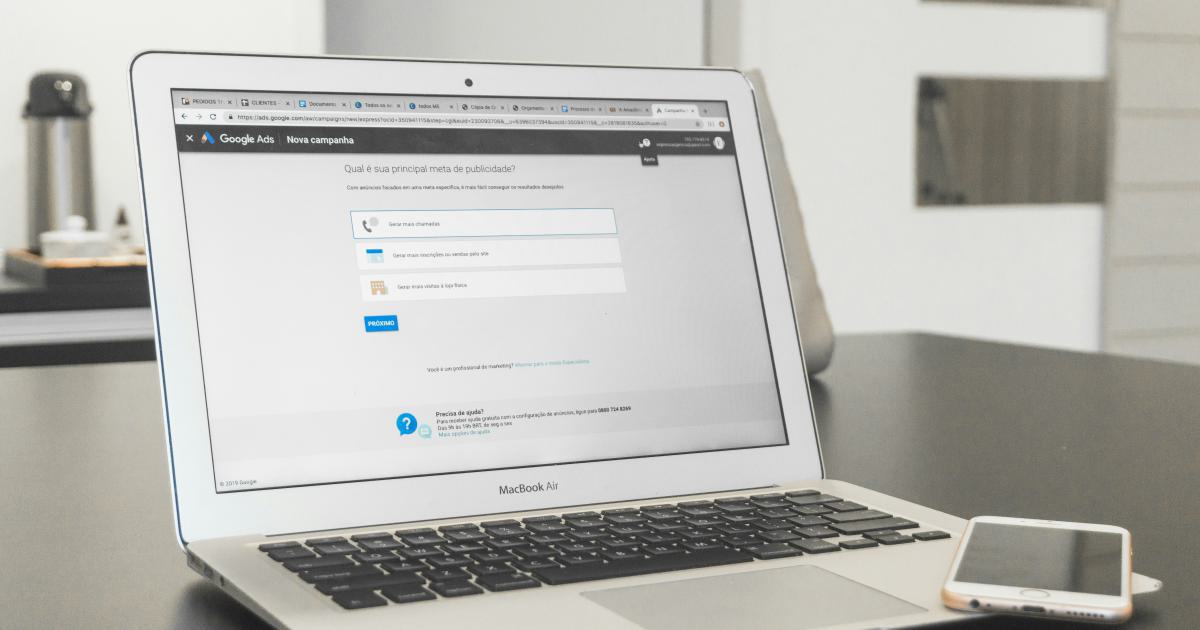A/B Testing Strategies for Email Subject Lines


Introduction: Unlocking the Power of A/B Testing for Email Subject Lines
In the dynamic world of digital marketing, where competition for audience attention is fierce, the importance of effective email subject lines cannot be overstated. These short, attention-grabbing snippets are the gateways to successful email campaigns, determining whether your message will be opened and engaged with or lost amidst the sea of digital clutter.

As email marketers, we are constantly seeking ways to optimize our subject lines, to craft the perfect blend of intrigue, relevance, and persuasion that will compel our recipients to take action. One of the most powerful tools at our disposal is A/B testing, a methodology that allows us to systematically test and refine our subject line strategies, ultimately driving higher open rates, click-throughs, and conversions.
In this comprehensive article, we will delve into the world of A/B testing for email subject lines, exploring the strategies, best practices, and real-world examples that can help you elevate your email marketing game and achieve remarkable results.
Understanding A/B Testing for Email Subject Lines
A/B testing, also known as split testing, is a method of comparing two or more variations of a marketing element to determine which one performs better. In the context of email subject lines, A/B testing involves creating two (or more) versions of a subject line and sending them to randomly selected segments of your email list. By analyzing the performance metrics, such as open rates and click-through rates, you can determine which subject line resonates best with your audience.
The Importance of A/B Testing for Email Subject Lines
Email subject lines are the first and often the only impression your recipients have of your message. A well-crafted subject line can make the difference between a message that gets opened and engaged with, and one that gets lost in the inbox. By leveraging A/B testing, you can:
Optimize Open Rates: A/B testing allows you to identify the subject line variations that are most effective at capturing your audience's attention and encouraging them to open your emails.
Improve Engagement: Optimized subject lines can lead to higher click-through rates, as recipients are more likely to engage with content that aligns with their interests and needs.
Enhance Conversions: Ultimately, improved open and click-through rates can translate into better conversion rates, as more recipients are exposed to your offers, products, or services.
Gain Valuable Insights: A/B testing provides you with data-driven insights about your audience's preferences and behaviors, which you can use to refine your overall email marketing strategy.

Key Considerations for A/B Testing Email Subject Lines
Before delving into the specific strategies for A/B testing email subject lines, it's important to keep the following considerations in mind:
Sample Size: Ensure that you have a large enough sample size for your test to be statistically significant. This will help you make informed decisions based on reliable data.
Test Duration: Determine an appropriate test duration, allowing enough time for your audience to respond to the different subject line variations.
Metric Selection: Decide which metrics you will use to measure the success of your subject line tests, such as open rate, click-through rate, or conversion rate.
Segment Consistency: Maintain consistency in your audience segments to ensure that any differences in performance are attributed to the subject line variations, and not other factors.
Ethical Considerations: Respect your audience's privacy and preferences, and avoid using manipulative or deceptive tactics in your subject line tests.
Strategies for A/B Testing Email Subject Lines
Now that we've established the foundation for understanding A/B testing for email subject lines, let's dive into the specific strategies and best practices that can help you optimize your email campaigns.
Crafting Compelling Subject Line Variations
The first and most crucial step in A/B testing email subject lines is creating the variations you will test. Here are some strategies to consider:
1. Leverage Personalization
Personalized subject lines that incorporate the recipient's name, location, or other relevant information can be highly effective in capturing their attention. Test different levels of personalization to see what resonates best with your audience.

2. Experiment with Emotional Appeals
Tapping into your audience's emotions can be a powerful way to encourage them to open your emails. Try subject lines that evoke curiosity, urgency, or a sense of scarcity or exclusivity.
3. Highlight Key Benefits
Focus on the specific benefits your email offers, such as savings, exclusive content, or time-saving solutions. Test subject lines that emphasize these value propositions.
4. Use Intriguing Questions or Statements
Subject lines that pose a question or make a bold statement can pique your audience's interest and compel them to open your email. Experiment with different approaches and tones.
5. Incorporate Relevant Emojis
The judicious use of emojis can add visual interest and personality to your subject lines. Test different emoji placements and combinations to see what resonates best.

6. Leverage Trending Topics or Current Events
Aligning your subject lines with timely, relevant, and trending topics can help your messages stand out in crowded inboxes. Be mindful, however, to ensure that the connection is genuine and adds value for your audience.
7. Experiment with Length and Formatting
The optimal length and formatting of your subject lines can vary depending on your audience and device preferences. Test different character counts, capitalization styles, and punctuation to see what works best.
Structuring Your A/B Tests
Once you have crafted your subject line variations, it's time to structure your A/B tests. Here are some best practices to consider:
1. Randomize Test Groups
Ensure that your test groups are randomly selected to avoid any potential biases or skewed results. This will help you accurately attribute any performance differences to the subject line variations themselves.
2. Use a Consistent Test Methodology
Maintain a consistent approach to your A/B testing, such as sending the variations simultaneously or in a predetermined sequence. This will help you draw reliable conclusions from your data.
3. Establish Clear Test Parameters
Define the specific metrics you will use to measure the success of your subject line tests, such as open rate, click-through rate, or conversion rate. This will help you evaluate the performance of your variations effectively.
4. Determine an Appropriate Test Duration
Allow enough time for your audience to respond to the different subject line variations. The optimal test duration may vary depending on the size of your email list and the frequency of your sends.
5. Analyze and Iterate
Carefully analyze the results of your A/B tests, identifying the winning subject line variation and any insights that can inform your future email marketing efforts. Use these findings to refine your strategies and continue testing and optimizing.

Real-World Examples and Case Studies
To further illustrate the power of A/B testing for email subject lines, let's explore some real-world examples and case studies that showcase the impact of this strategy.
Case Study: Optimizing Subject Lines for Higher Open Rates
A leading e-commerce company wanted to increase the open rates of their promotional emails. They conducted a series of A/B tests on their subject lines, focusing on variations that emphasized personalization, emotional appeals, and key product benefits.
One test pitted a subject line that used the recipient's first name against a more generic subject line. The personalized subject line outperformed the generic one by 12% in open rate, demonstrating the power of personalization.
In another test, the company compared a subject line that evoked a sense of urgency ("Last Chance: 50% Off Ends Tonight") against one that highlighted a product benefit ("Save 50% on Your Next Purchase"). The urgency-based subject line achieved a 9% higher open rate, highlighting the effectiveness of creating a perceived scarcity.
These insights allowed the company to refine their subject line strategies, leading to a 25% increase in overall open rates for their promotional email campaigns.
Case Study: Optimizing Subject Lines for Improved Click-Through Rates
A software-as-a-service (SaaS) company was looking to drive more clicks from their email campaigns to their product demo sign-up page. They conducted a series of A/B tests on their subject lines, focusing on variations that emphasized the value proposition and created a sense of intrigue.
In one test, they compared a subject line that directly highlighted the product's key features ("Try Our New AI-Powered Analytics Tool") against a more intriguing subject line ("You Won't Believe What Our New Tool Can Do"). The intriguing subject line achieved a 14% higher click-through rate, demonstrating the power of creating curiosity and intrigue.
Another test pitted a subject line that emphasized the benefits of the product demo ("See How Our Tool Can Boost Your Productivity") against a subject line that used a question format ("Ready to Streamline Your Workflow?"). The question-based subject line outperformed the benefit-focused one by 11% in click-through rate, highlighting the effectiveness of engaging the recipient's curiosity.
These insights allowed the SaaS company to optimize their subject line strategies, leading to a 22% increase in click-through rates for their product demo sign-up campaigns.
Case Study: Leveraging Emojis and Personalization
A B2B marketing agency wanted to explore the impact of using emojis and personalization in their email subject lines. They conducted a series of A/B tests to determine the most effective approach.
In one test, they compared a subject line that used a relevant emoji (a calendar icon) against a subject line without any emojis. The subject line with the emoji achieved a 17% higher open rate, demonstrating the attention-grabbing power of emojis.
In another test, the agency compared a subject line that used the recipient's first name against a more generic subject line. The personalized subject line outperformed the generic one by 13% in open rate, reinforcing the value of leveraging personalization.
By combining the use of emojis and personalization, the agency was able to further optimize their subject line strategies, leading to a 25% increase in overall open rates for their B2B email campaigns.

These case studies illustrate the tangible impact that A/B testing can have on the performance of email subject lines, highlighting the importance of data-driven optimization and the power of testing different strategies to identify what works best for your unique audience.
Best Practices for Ongoing A/B Testing and Optimization
To ensure the long-term success of your email subject line A/B testing efforts, it's essential to adopt a continuous improvement mindset and follow best practices for ongoing optimization.
Establish a Structured Testing Cadence
Implement a regular, structured testing cadence to continuously refine and improve your subject line strategies. This could involve conducting A/B tests with each email campaign or on a monthly or quarterly basis, depending on your email marketing frequency and list size.
Continuously Analyze and Iterate
Carefully analyze the results of your A/B tests, identifying the winning subject line variations and any insights that can inform your future email marketing efforts. Use these findings to refine your strategies and continue testing and optimizing.
Leverage Multivariate Testing
Expand your testing beyond simple A/B comparisons by incorporating multivariate testing, where you test multiple variables (such as subject line, preview text, and sender name) simultaneously. This can provide more comprehensive insights into the factors that drive the highest performance.

Monitor Broader Email Metrics
While subject line optimization is crucial, it's important to track the broader performance of your email campaigns, including metrics such as click-through rates, conversion rates, and unsubscribe rates. This holistic approach will help you identify any potential trade-offs or unintended consequences of your subject line strategies.
Collaborate with Your Team
Engage your cross-functional team, including marketing, copywriting, and data analysis, to leverage their expertise and perspectives in refining your A/B testing strategies. Collaborative brainstorming and data-driven decision-making can lead to even more impactful subject line optimizations.
Stay Agile and Adaptable
The email marketing landscape is constantly evolving, with changes in consumer preferences, device trends, and platform algorithms. Maintain an agile mindset, regularly reassessing your testing strategies and being open to new approaches that may better resonate with your audience.
By following these best practices for ongoing A/B testing and optimization, you can ensure that your email subject line strategies remain effective, engaging, and aligned with the evolving needs and preferences of your audience.
Conclusion: Embracing the Power of A/B Testing for Email Subject Lines
In the fast-paced world of digital marketing, email subject lines are the crucial first step in capturing your audience's attention and driving engagement with your content. By embracing the power of A/B testing, you can systematically optimize your subject line strategies, unlocking higher open rates, click-throughs, and conversions.
Through the strategies and real-world examples explored in this article, you now have a comprehensive understanding of how to leverage A/B testing to elevate your email marketing game. Remember to constantly experiment, analyze, and iterate, as the key to long-term success lies in adopting a data-driven, continuous improvement mindset.
By mastering the art of A/B testing for email subject lines, you'll not only enhance the performance of your campaigns but also deepen your understanding of your audience's preferences and behaviors. This knowledge can then be applied to your broader digital marketing efforts, driving even greater success across all your channels.
Embrace the power of A/B testing, and unlock the full potential of your email marketing strategies. Here's to crafting subject lines that captivate, engage, and propel your business forward.